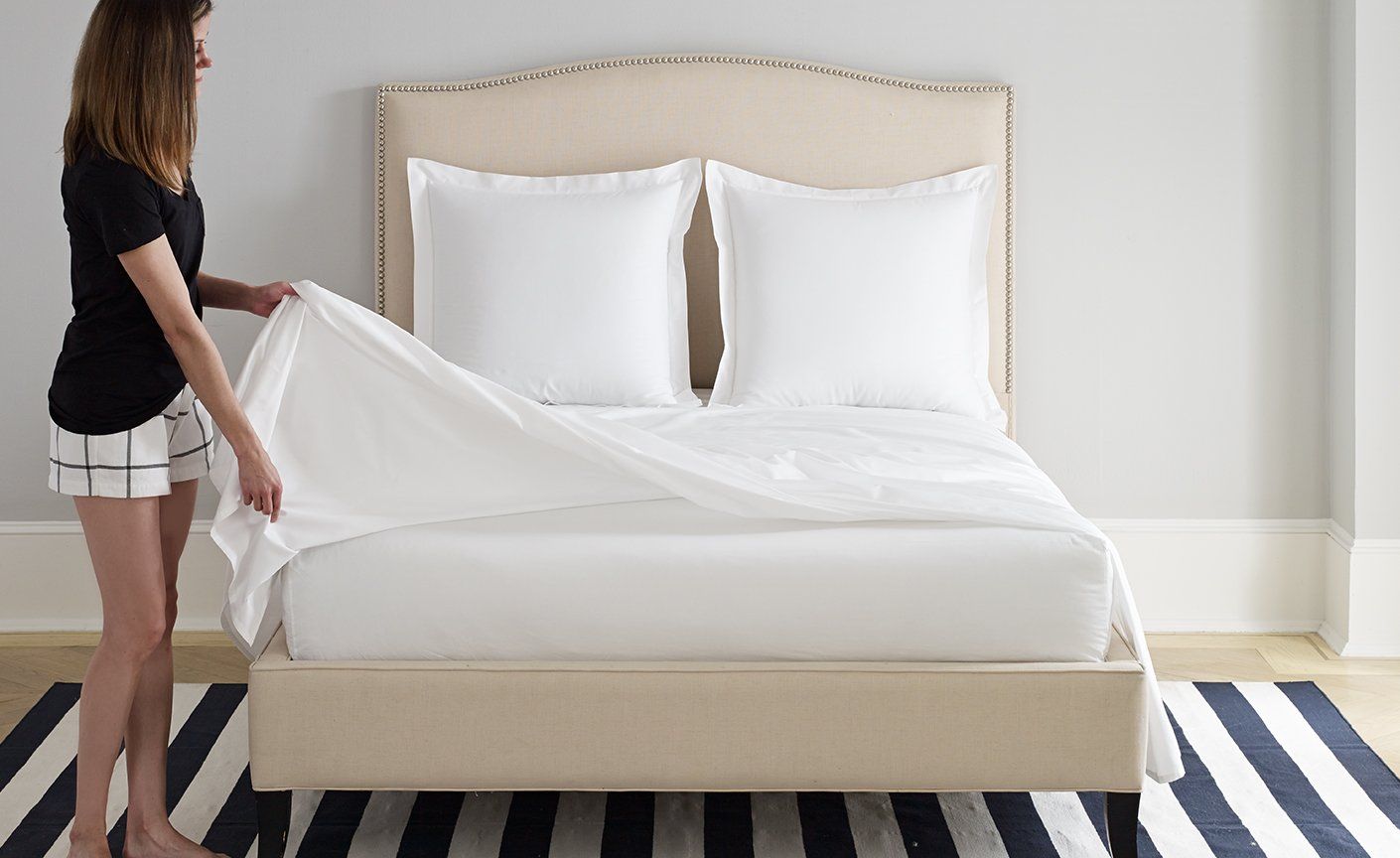

Articles
What Is A Flat Sheet Used For
Modified: October 20, 2024
Discover the purpose and benefits of using flat sheets in your bedding. Read our informative articles to learn more and make an informed decision for your sleep comfort.
(Many of the links in this article redirect to a specific reviewed product. Your purchase of these products through affiliate links helps to generate commission for Storables.com, at no extra cost. Learn more)
Introduction
A flat sheet is a versatile and essential bedding component that is often overlooked but plays a significant role in creating a comfortable and well-made bed. While most people are familiar with fitted sheets and pillowcases, the purpose and benefits of a flat sheet are often misunderstood or entirely unknown.
In this article, we will delve into the world of flat sheets, exploring what they are, their purpose, and the various benefits they offer. We will also look at how to use a flat sheet effectively, different types available, factors to consider when choosing one, and alternatives to using a flat sheet.
Whether you’re a newcomer to the realm of bedding or an experienced homemaker looking to enhance your sleep experience, understanding the significance of a flat sheet is crucial. So, let’s dive in and unravel the mysteries of this humble yet essential bedding accessory.
Key Takeaways:
- Embrace the Versatility
Flat sheets offer more than just covering the mattress. They provide hygiene, comfort, temperature regulation, and protection for your bedding, adding versatility and style to your bed ensemble. - Personalized Comfort
With various types and factors to consider, choosing the right flat sheet allows you to personalize your sleep experience based on material, size, weave, and design preferences.
Definition of a Flat Sheet
A flat sheet, also known as a top sheet or bed sheet, is a rectangular piece of fabric that is placed on the mattress before the fitted sheet and other bedding layers. Unlike a fitted sheet, which has elasticized edges to fit snugly around the mattress, a flat sheet is typically larger and lies flat on the bed’s surface.
Flat sheets are often made from cotton, linen, or a blend of fabrics and come in various sizes to accommodate different mattress sizes like twin, full, queen, and king. They are usually woven with a smooth and soft texture, providing a comfortable layer between you and the blankets or comforter.
Traditionally, flat sheets were primarily used as a protective barrier between the sleeper and the heavier blankets or covers. They were especially useful to prevent body oils, sweat, and other debris from soiling the more expensive and harder-to-clean comforters or duvets. However, their purpose has evolved over time, and modern bedding sets often include a flat sheet as a standard component.
Despite their name, flat sheets are not limited to solely covering the top of the mattress. They can also be used as a lightweight blanket during warmer seasons or as an extra layer of warmth when the weather turns chilly. This versatility makes flat sheets a practical and adaptable bedding accessory.
Now that we have a clear understanding of what a flat sheet is, let’s explore its purpose and the benefits it offers.
Purpose of a Flat Sheet
The purpose of a flat sheet goes beyond simply covering the mattress. It serves multiple functions that contribute to the overall comfort, hygiene, and aesthetics of your bed. Here are some of the primary purposes of a flat sheet:
- Hygiene: One of the main purposes of a flat sheet is to act as a barrier between you and the other bedding layers. By using a flat sheet, you can keep your body oils, sweat, and dead skin cells from directly coming into contact with the blankets, comforters, or duvets. This helps in preserving the cleanliness and freshness of your bedding, as flat sheets are much easier to clean and replace than heavier bedding layers.
- Comfort: A flat sheet enhances the comfort of your sleep experience. Its smooth texture provides a soft and gentle surface against your skin, making you feel more cozy and snug. Additionally, during warmer seasons, when heavy blankets are too much, a flat sheet can be used as a lightweight covering to keep you comfortable without causing overheating.
- Temperature Regulation: Flat sheets play a role in regulating your body temperature while you sleep. In colder months, you can layer a flat sheet between your body and the blankets or comforter to add an extra insulating layer. The air trapped between the layers of bedding helps to retain body heat, keeping you warm throughout the night. In contrast, during hot summer nights, a flat sheet can be used as the topmost layer to provide a light and breathable covering, promoting airflow and preventing overheating.
- Bedding Protection: Another purpose of a flat sheet is to protect your more significant and often more expensive bedding layers, such as comforters or duvet covers. Since flat sheets are easier to clean, you can launder them more frequently, preventing the buildup of dust, allergens, and odors. By acting as a shield, flat sheets extend the life of your heavier bedding items and reduce the frequency of their washing or dry cleaning.
- Versatility: Flat sheets add versatility to your bedding options. They can be used on their own as a lightweight covering during warmer weather, eliminating the need for a duvet or comforter. Additionally, flat sheets can be easily layered or folded for added warmth or decorative purposes. They offer flexibility in adjusting your bed’s appearance and level of coziness.
Now that we understand the purpose of a flat sheet, let’s explore the benefits it offers in more detail.
Benefits of Using a Flat Sheet
Using a flat sheet as part of your bedding setup offers a range of benefits that contribute to your overall sleep comfort and the maintenance of your bed. Here are some of the key benefits of incorporating a flat sheet into your bedding routine:
- Improved Hygiene: A flat sheet acts as a protective barrier between you and your blankets or comforter, preventing direct contact with body oils, sweat, and dead skin cells. This helps to keep your bedding cleaner and fresher for longer, reducing the frequency of washing or dry cleaning larger bedding items.
- Enhanced Comfort: The smooth texture of a flat sheet adds an extra layer of softness and comfort to your sleep experience. It feels gentle against your skin, allowing for a more cozy and restful night’s sleep.
- Temperature Regulation: By using a flat sheet, you have more control over your bed’s temperature. In colder months, you can layer the flat sheet between your body and the heavier blankets or comforter, providing added insulation and warmth. Conversely, during hot summer nights, using a flat sheet as the topmost layer allows for better airflow and helps to prevent overheating.
- Easier Cleaning and Maintenance: Flat sheets are typically easier to clean compared to larger bedding items like comforters. They can be machine-washed and dried, making routine cleaning a breeze. This helps to maintain the cleanliness and hygiene of your bedding on a regular basis.
- Cost-Effective: Using a flat sheet as a protective layer can extend the lifespan of your more significant bedding items, such as comforters or duvet covers. By reducing their exposure to body oils, sweat, and dirt, you can minimize the frequency of cleaning or dry cleaning these items, ultimately saving time and money.
- Versatility and Style: Flat sheets offer versatility in terms of both functionality and style. They can be used as lightweight coverings on their own during warmer seasons or easily layered for added warmth or decorative purposes. Flat sheets also come in a wide range of colors and patterns, allowing you to personalize your bed’s appearance and add a touch of style to your bedroom decor.
With these benefits in mind, it’s clear that using a flat sheet can greatly enhance your bedding experience and contribute to a cleaner, more comfortable, and visually appealing bed.
How to Use a Flat Sheet
Using a flat sheet is a simple and straightforward process that adds an extra layer of comfort and functionality to your bed. Here’s a step-by-step guide on how to properly use a flat sheet:
- Prepare the Mattress: Start by ensuring that your mattress is clean and free of any debris or wrinkles. Smooth out the surface to create a flat and even foundation.
- Position the Flat Sheet: Lay the flat sheet on top of the mattress, aligning it evenly with the edges. Ensure that the sheet hangs evenly on both sides of the bed, with an equal amount of overhang at the foot and head of the mattress. If you prefer a more tailored look, tuck the sides of the flat sheet tightly under the mattress.
- Add Additional Layers: If desired, layer additional bedding on top of the flat sheet. This can include a blanket, comforter, or duvet. Make sure to align the edges of the bedding layers with the edges of the flat sheet to maintain a neat and uniform appearance.
- Make the Bed: Smooth out any wrinkles or folds in the flat sheet and other bedding layers. Tuck the flat sheet and any additional bedding layers securely under the mattress, ensuring a snug fit. This will help to keep the sheets in place throughout the night and maintain a tidy bed appearance.
- Pillows and Pillowcases: Finally, add your pillows and pillowcases to complete the bed ensemble. Arrange the pillows in a way that suits your personal preference and style.
Remember to regularly wash and replace your flat sheet to maintain proper hygiene and freshness. Frequent washing not only helps to remove dirt and body oils but also keeps the sheet soft and comfortable to sleep on.
By following these simple steps, you can effectively use a flat sheet to create a comfortable and well-made bed that promotes a restful night’s sleep.
A flat sheet is a versatile bedding item that can be used in multiple ways. It can be used as a top sheet to cover yourself while sleeping, as a lightweight blanket during warmer nights, or as a barrier between you and your duvet cover to extend the time between washings.
Read more: How To Use Flat Sheets As A Duvet Cover
Types of Flat Sheets
Flat sheets come in a variety of types, each offering unique features and characteristics. Here are some of the common types of flat sheets available:
- Cotton Flat Sheets: Cotton flat sheets are the most popular and widely used type. They are known for their softness, breathability, and durability. Cotton sheets come in different thread counts, ranging from basic to luxurious options. Higher thread counts generally indicate a smoother and more durable fabric.
- Linen Flat Sheets: Linen flat sheets are made from flax fibers, creating a lightweight and breathable fabric. Linen has a unique texture that becomes softer and more comfortable with each wash. It also has excellent moisture-wicking properties, making it ideal for hot sleepers or warmer climates.
- Silk Flat Sheets: Silk flat sheets are luxurious and silky smooth, offering a luxurious and indulgent sleep experience. Silk is naturally hypoallergenic and helps regulate body temperature, keeping you cool in summer and warm in winter. However, silk sheets may require special care and maintenance.
- Microfiber Flat Sheets: Microfiber flat sheets are made from synthetic fibers such as polyester. They are known for their affordability, softness, and wrinkle-resistant properties. Microfiber sheets are also highly durable and easy to care for, making them a popular choice for those seeking budget-friendly options.
- Flannel Flat Sheets: Flannel flat sheets are made from cotton or other materials that are brushed to create a soft and cozy texture. They are ideal for colder months or individuals who prefer a warmer sleep environment. Flannel sheets provide excellent insulation and add a touch of warmth and comfort to your bedding.
Additionally, flat sheets can vary in size to accommodate different mattress sizes, including twin, full, queen, and king sizes. Some flat sheets may also come with decorative elements like prints, patterns, or embellishments that add a unique touch to your bed’s appearance.
When choosing a flat sheet, consider your personal preferences, climate, and desired level of comfort. Opt for materials that align with your sleep needs and prioritize quality and durability for long-lasting use.
Now that we’ve explored the different types of flat sheets available, let’s move on to the factors to consider when choosing the right flat sheet for your bed.
Factors to Consider When Choosing a Flat Sheet
When choosing a flat sheet for your bed, several factors should be taken into consideration to ensure you select the right one for your needs and preferences. Here are some key factors to consider:
- Material: Consider the material or fabric of the flat sheet. Cotton is a popular choice due to its softness and breathability, while linen offers a lightweight and cooling feel. Silk provides a luxurious experience, and microfiber is a good option for its affordability and durability. Choose a material that aligns with your comfort preferences and sleep environment.
- Thread Count: Pay attention to the thread count of the flat sheet. Thread count refers to the number of threads woven per square inch of fabric. Higher thread counts often indicate a smoother and more luxurious feel. However, consider that other factors like fabric quality and weave also contribute to the overall quality of the sheet.
- Size: Ensure that the flat sheet is the correct size for your mattress. Flat sheets are available in various sizes, such as twin, full, queen, and king. Choosing the right size will ensure a proper fit and prevent any discomfort or difficulty in making the bed.
- Weave: Different weaves can affect the feel and texture of the flat sheet. Common weaves include percale and sateen. Percale is known for its crisp and cool feel, while sateen has a smooth and luxurious texture. Consider your personal preference for the desired feel of the sheet.
- Care Instructions: Take into account the care instructions for the flat sheet. Some materials may require specific washing or drying methods, while others may have specific temperature or detergent requirements. Choose a flat sheet that aligns with your ability to care for it properly.
- Design and Aesthetics: Finally, consider the design and aesthetics of the flat sheet. Flat sheets come in a variety of colors, prints, and patterns, allowing you to personalize your bed’s appearance and complement your bedroom decor. Choose a design that aligns with your style and creates a visually appealing bed ensemble.
By considering these factors, you can make an informed decision and select a flat sheet that suits your comfort needs, preferences, and overall bedroom aesthetic.
Now, let’s explore alternatives to using a flat sheet for those who prefer a different bedding setup.
Alternatives to Using a Flat Sheet
While flat sheets are a common and versatile bedding accessory, they are not the only option for creating a comfortable and well-made bed. Here are some alternatives to using a flat sheet:
- Duvet Covers: One popular alternative to using a flat sheet is using a duvet cover. A duvet cover is a protective covering that encases a duvet insert or comforter. It serves the same purpose as a flat sheet in terms of hygiene and protecting the insert, while also providing warmth and style. Duvet covers often come with decorative designs and are easy to remove and wash.
- Bare Bedding: Some people prefer to skip the use of a flat sheet altogether and simply rely on a fitted sheet and a blanket or comforter. This minimalist approach can be preferred for its simplicity and ease of making the bed. However, it’s important to note that without a flat sheet, the blanket or comforter will come into direct contact with your skin, and cleaning them may be more frequent.
- Sleeping Bags: For those who enjoy the simplicity of a sleeping bag, it can serve as an alternative to using a flat sheet. Sleeping bags provide a complete bedding setup in a portable and compact form. They are commonly used for camping or as an extra bedding option for guests.
- Quilts or Coverlets: Quilts or coverlets can be used as an alternative to using a flat sheet while providing both style and warmth. These lightweight bedding options are typically thinner than comforters or blankets, making them suitable for warmer climates or as a decorative layer in any season.
- Layered Blankets: Layering blankets directly on top of a fitted sheet is another alternative to using a flat sheet. This allows for easy customization of warmth and comfort by adding or removing blankets as needed. It’s important to choose blankets made from materials that suit your preferences and the climate you live in.
Ultimately, the decision to use a flat sheet or opt for an alternative depends on personal preference, comfort needs, and desired bedding setup. It is essential to consider factors like hygiene, temperature regulation, and convenience when making this choice.
Now that we have explored alternatives to using a flat sheet, let’s summarize the main points discussed in this article.
Conclusion
A flat sheet may be an often overlooked component of a bedding ensemble, but its importance and benefits should not be underestimated. By understanding the purpose and advantages of using a flat sheet, you can enhance your sleep experience and maintain a clean and comfortable bed.
We started by defining a flat sheet as a rectangular piece of fabric that lies on top of the mattress before other bedding layers. Its primary purpose is to provide hygiene, comfort, temperature regulation, and protection for your bedding. Additionally, a flat sheet offers versatility and style options for your bed ensemble.
When using a flat sheet, it is important to position it correctly on the mattress, ensuring equal overhang on all sides. Layering additional bedding, such as blankets or comforters, on top of the flat sheet enhances warmth and comfort. Regular washing and proper care of the flat sheet help maintain its cleanliness and durability.
There are various types of flat sheets available, including cotton, linen, silk, microfiber, and flannel. Each material offers unique qualities, such as softness, breathability, and warmth, allowing you to choose based on your comfort preferences and sleep environment.
Factors like thread count, size, weave, care instructions, and design should also be considered when selecting a flat sheet. These factors contribute to the overall quality, comfort, and aesthetics of your bedding setup.
For those who prefer alternatives to using a flat sheet, options like duvet covers, bare bedding, sleeping bags, quilts or coverlets, and layered blankets provide different bedding experiences to suit individual preferences and needs.
In conclusion, a flat sheet is a versatile and essential component that contributes to a clean, comfortable, and visually appealing bed. By understanding its purpose, considering the available options, and making informed choices, you can create a bedding setup that promotes a restful and enjoyable sleep experience.
So, don’t overlook the importance of a flat sheet. Embrace its benefits and transform your bed into a cozy haven for rest and relaxation.
Frequently Asked Questions about What Is A Flat Sheet Used For
Was this page helpful?
At Storables.com, we guarantee accurate and reliable information. Our content, validated by Expert Board Contributors, is crafted following stringent Editorial Policies. We're committed to providing you with well-researched, expert-backed insights for all your informational needs.
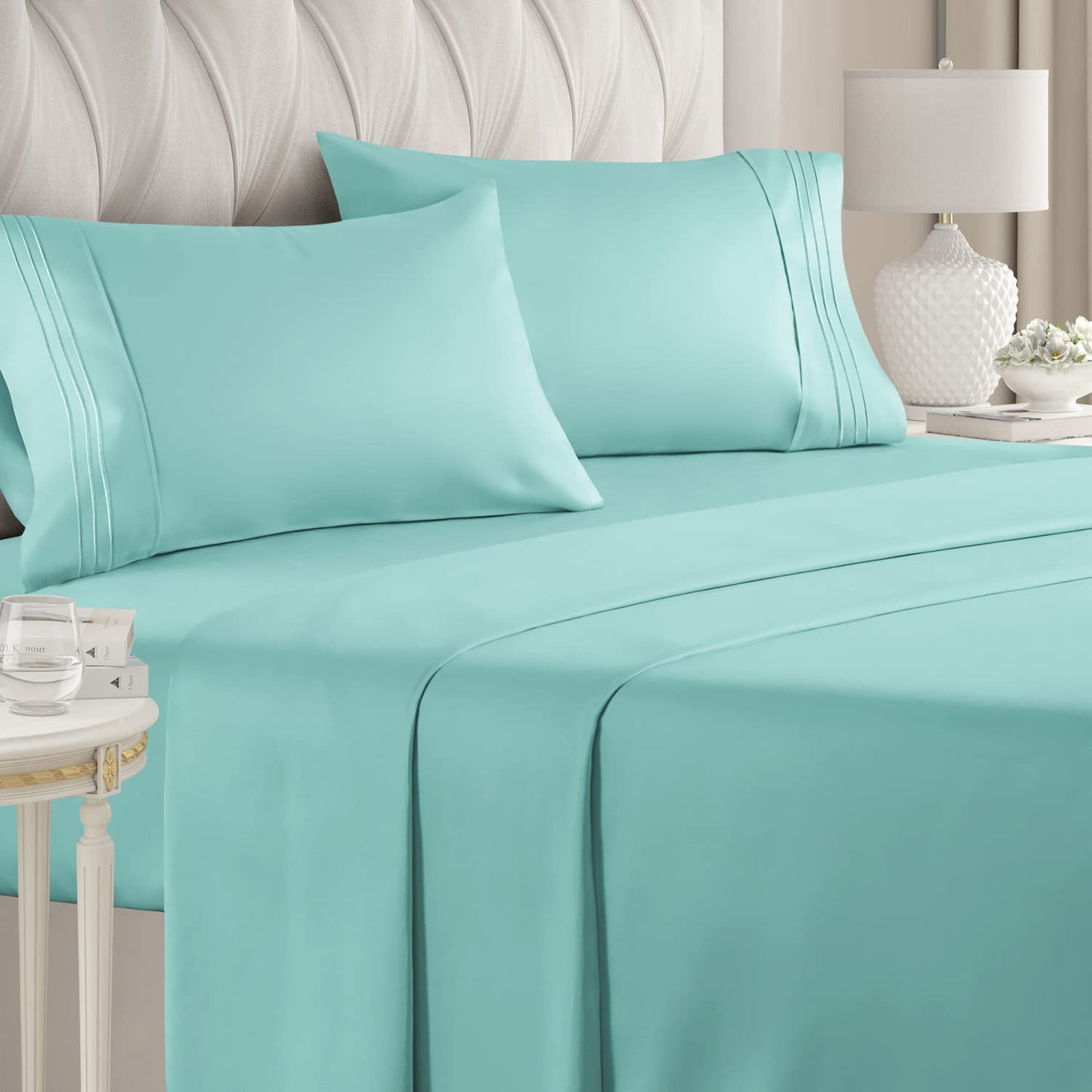
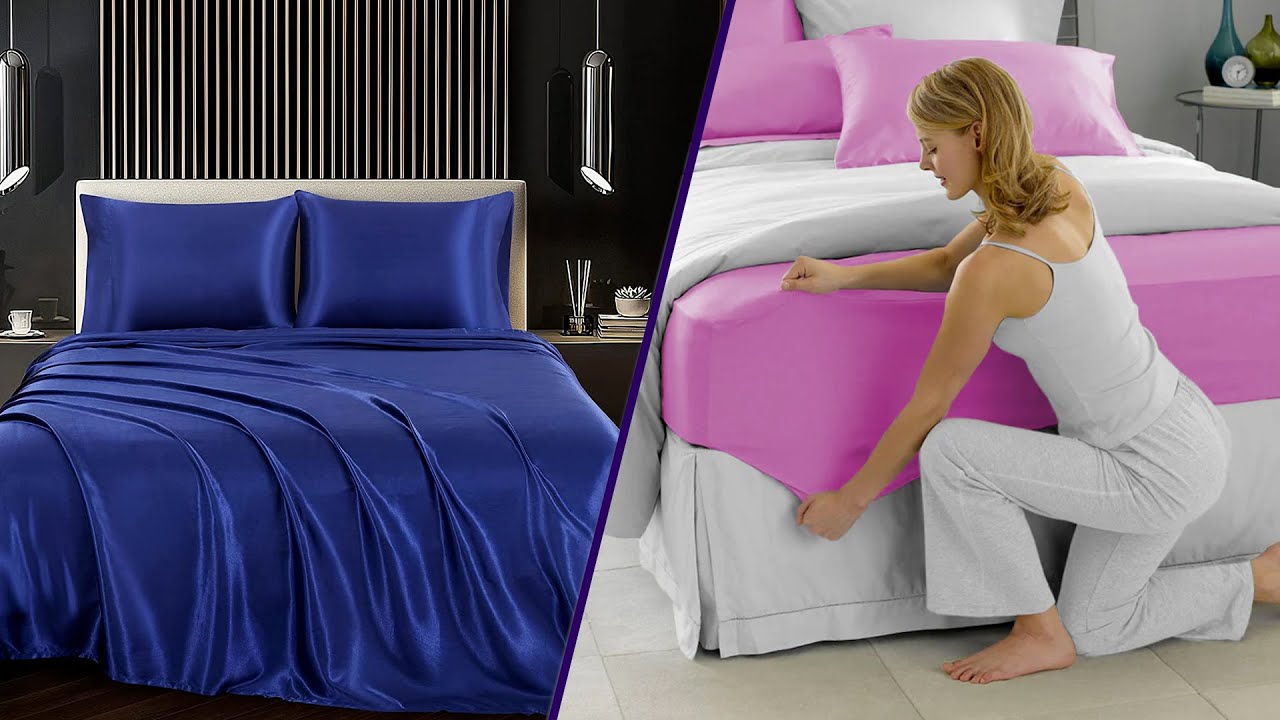
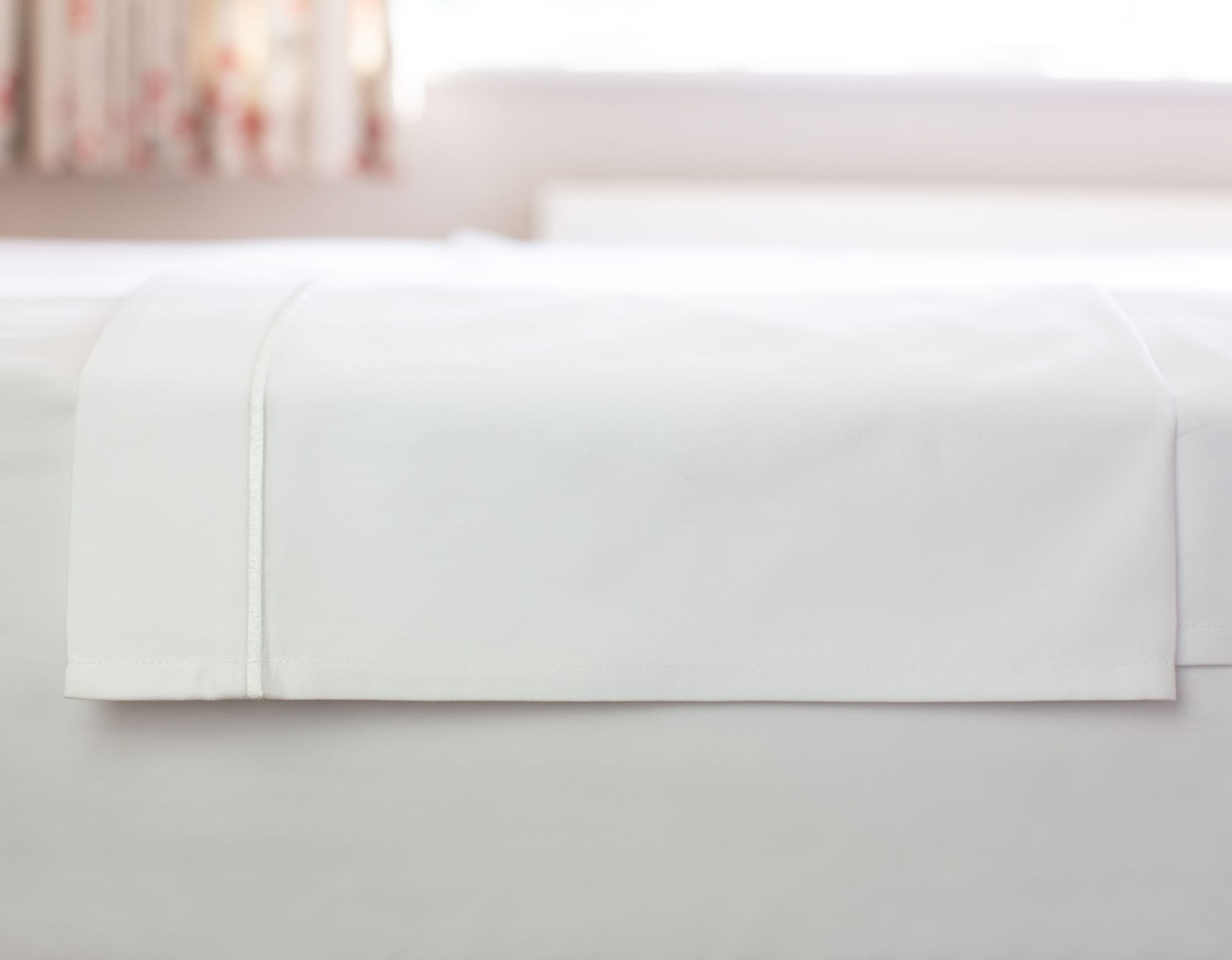
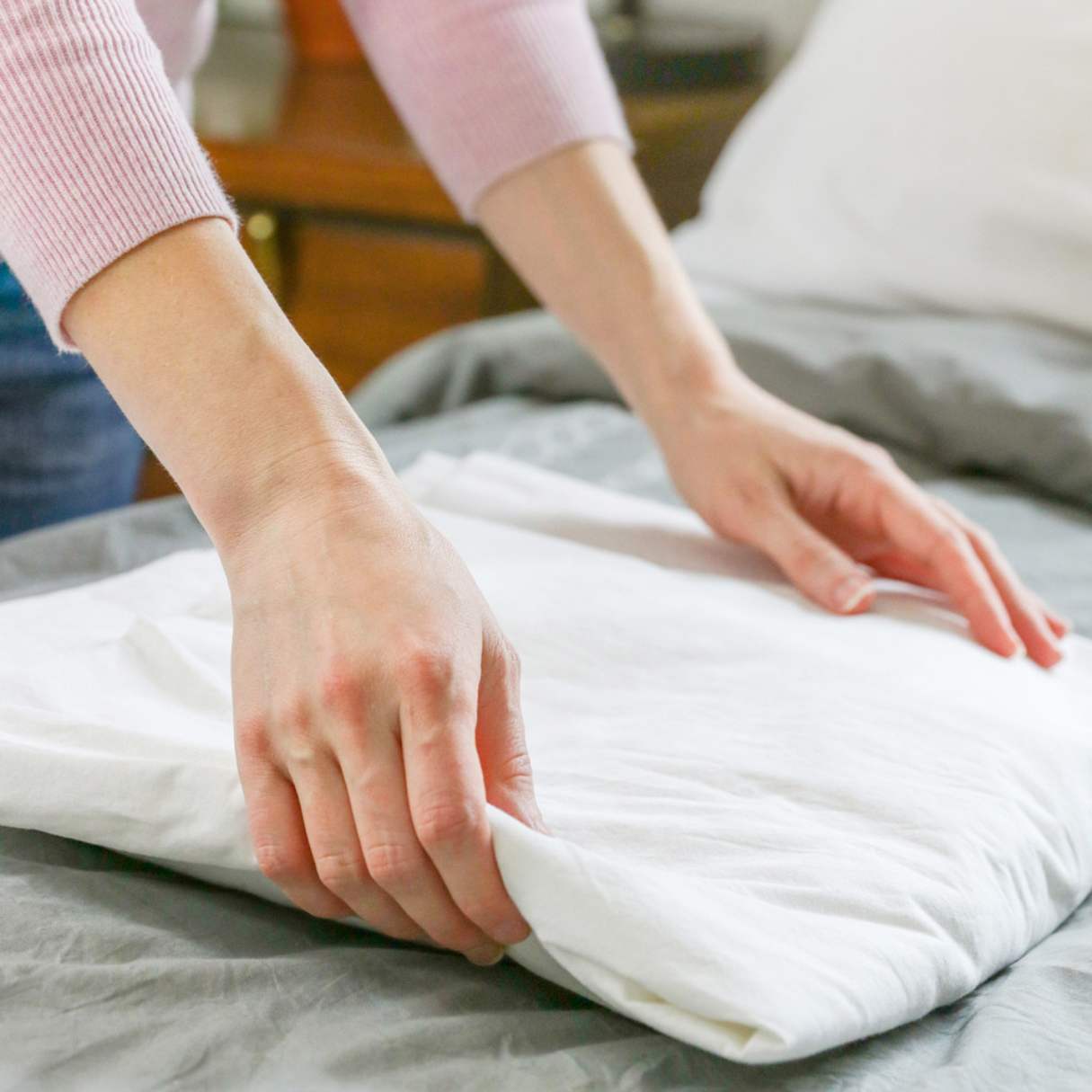

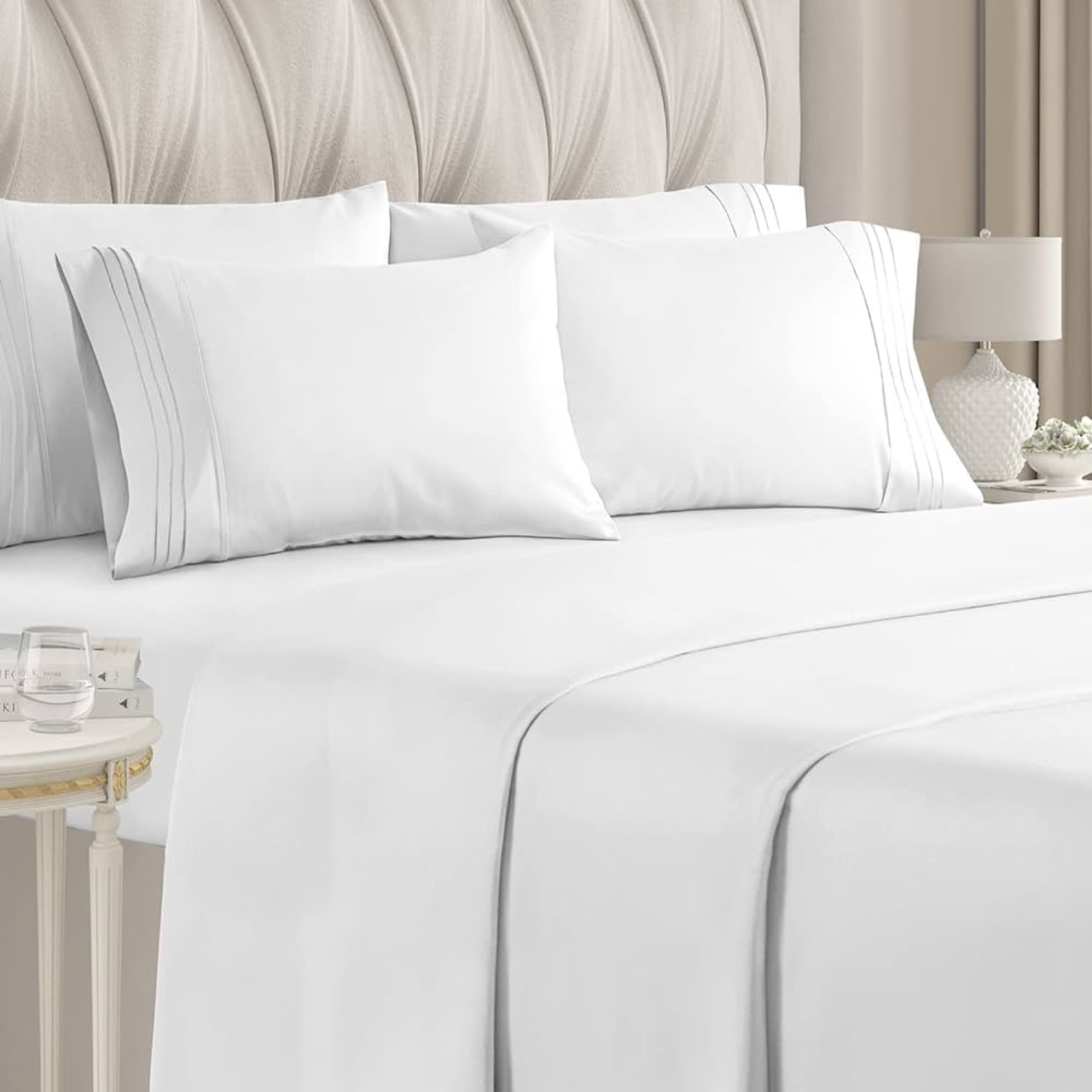
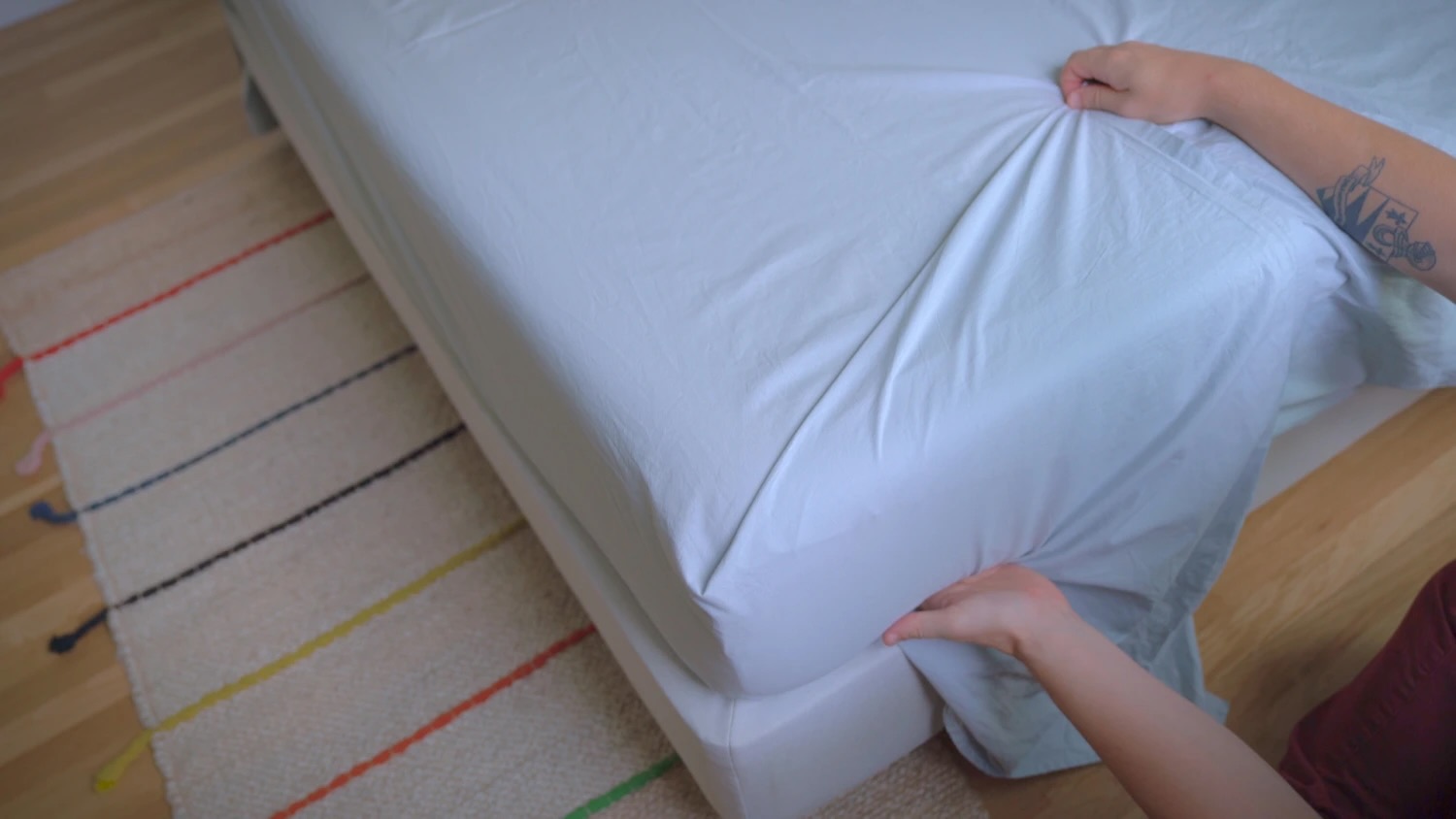
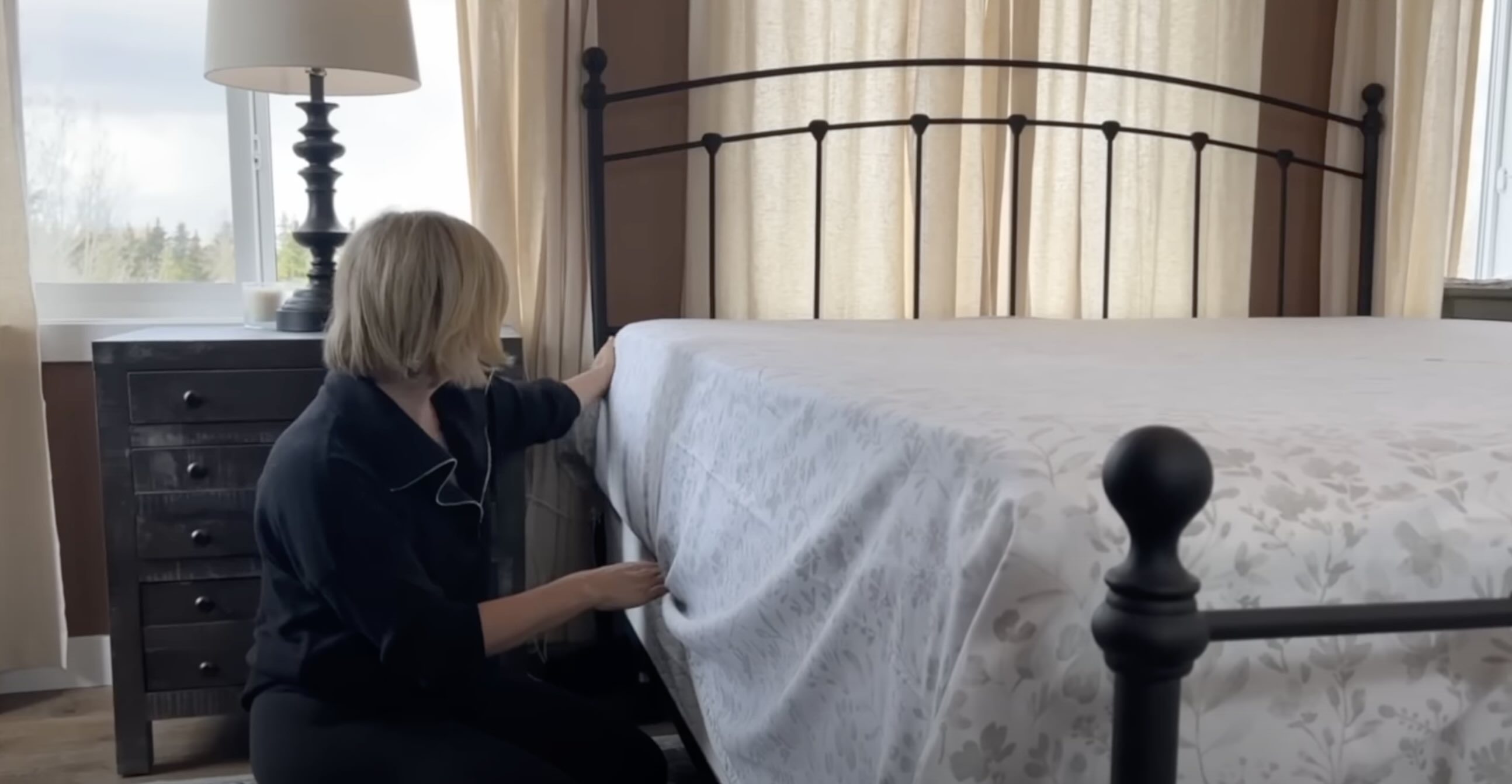
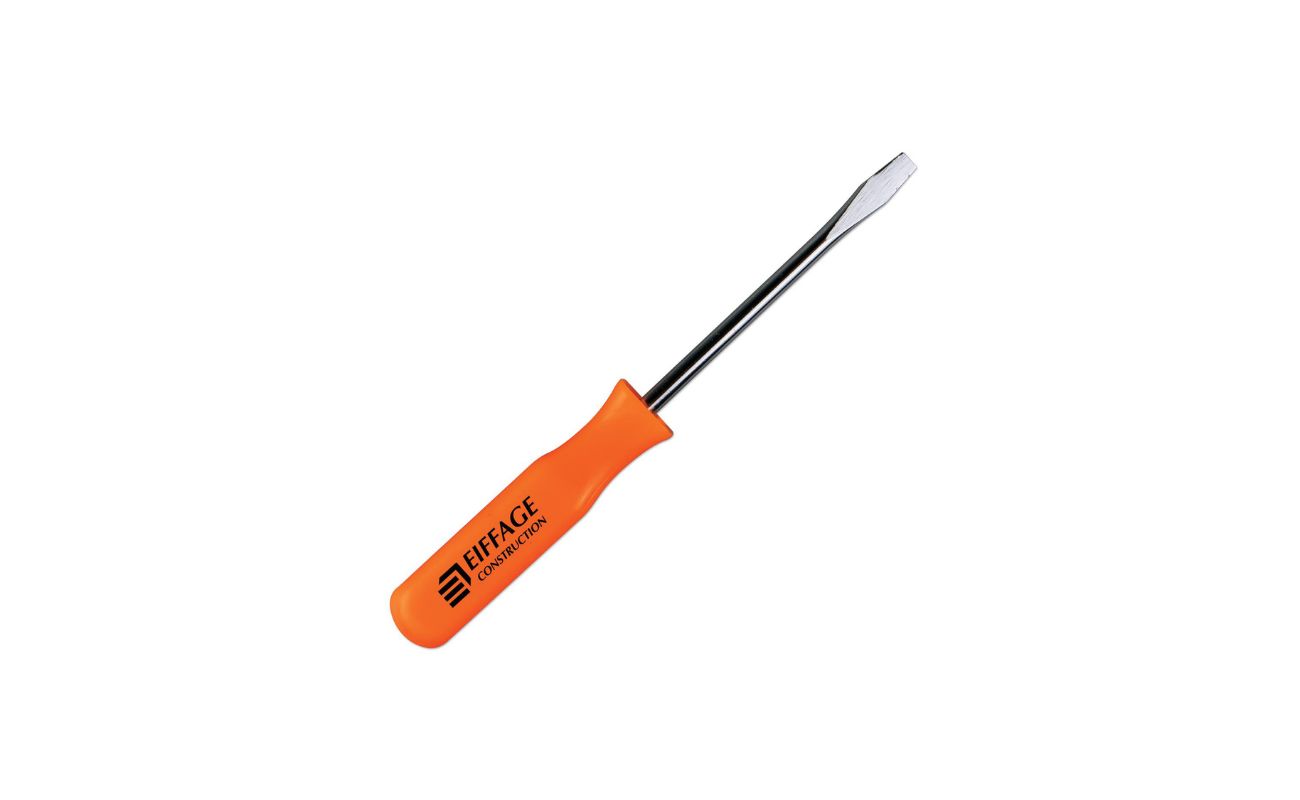
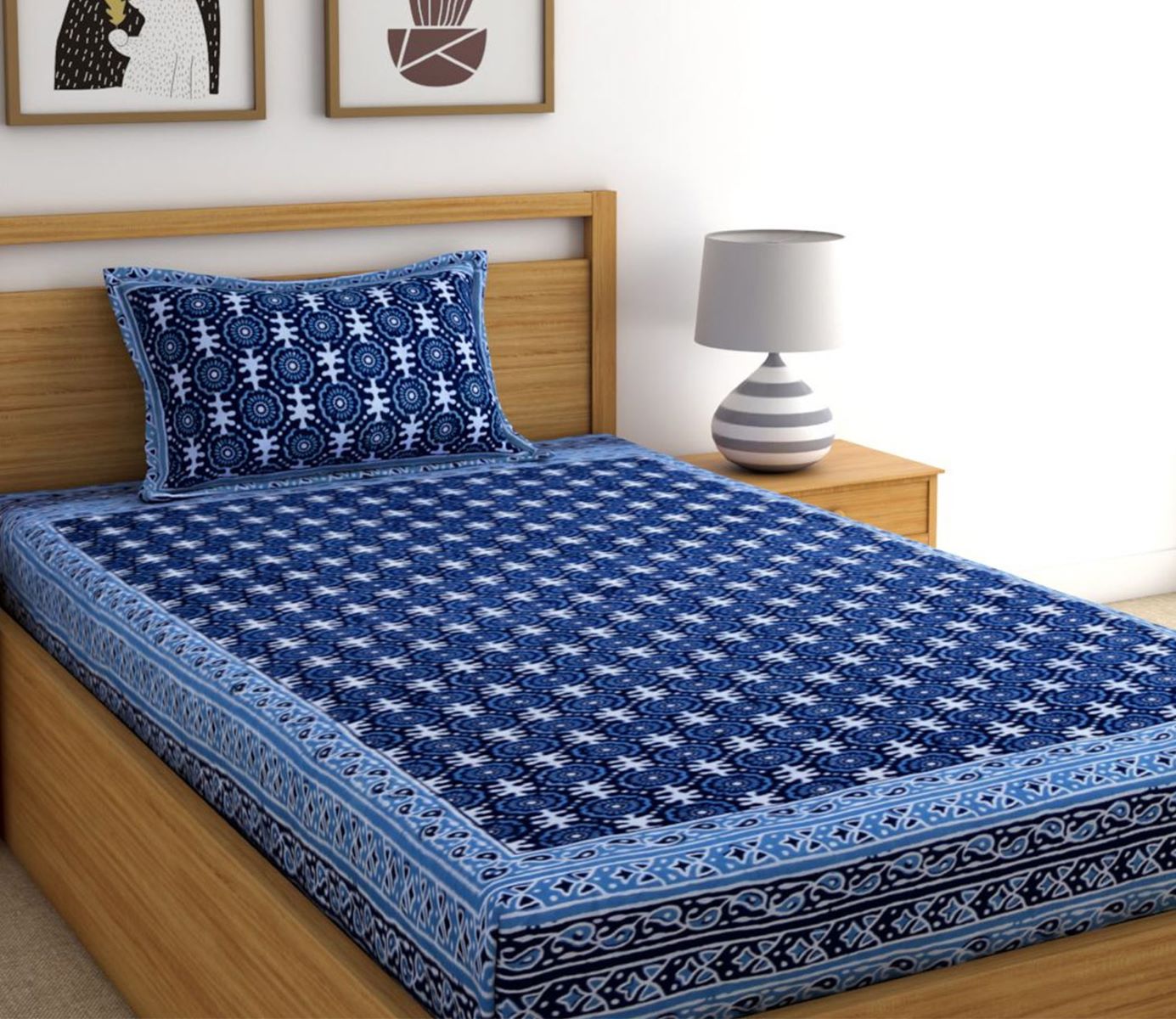
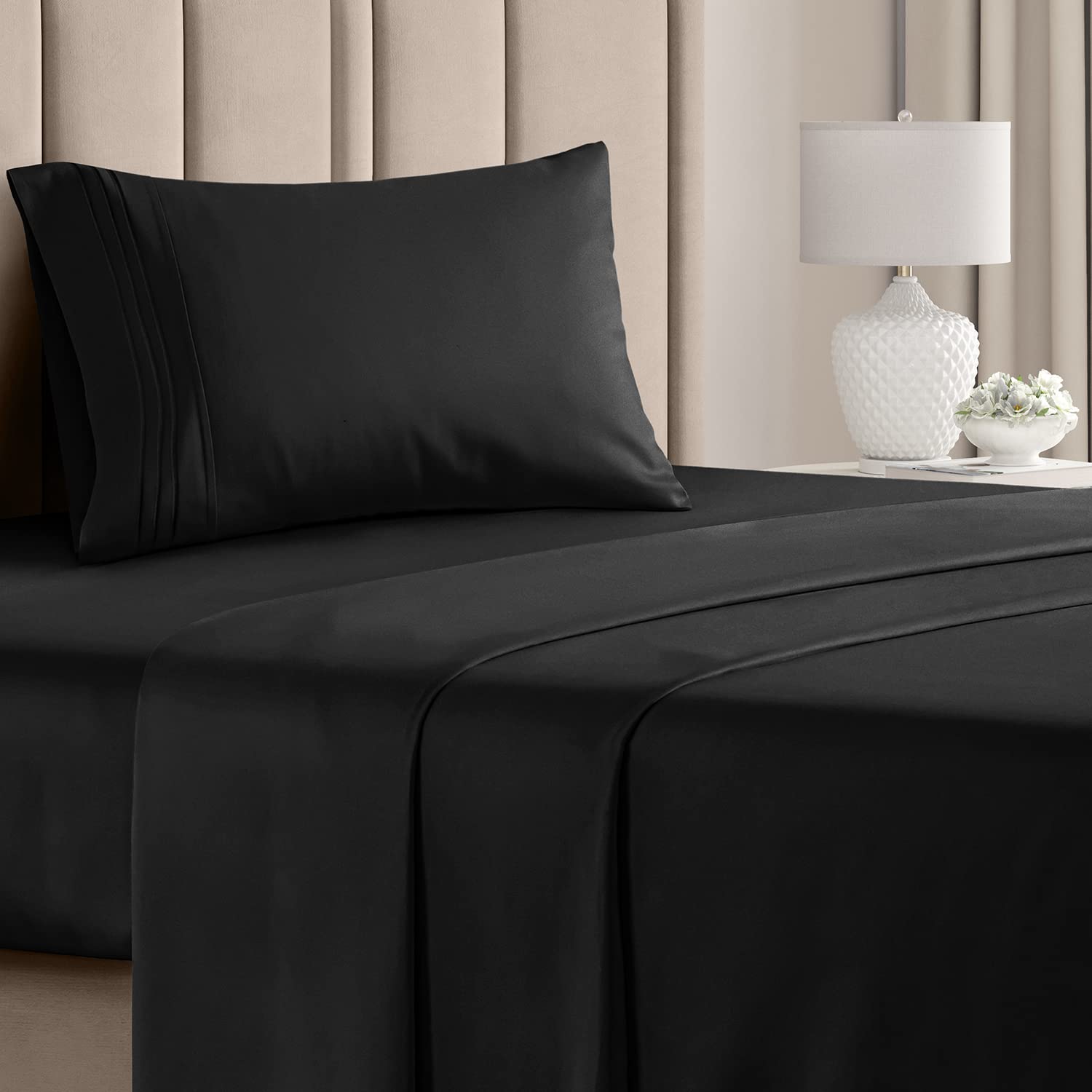
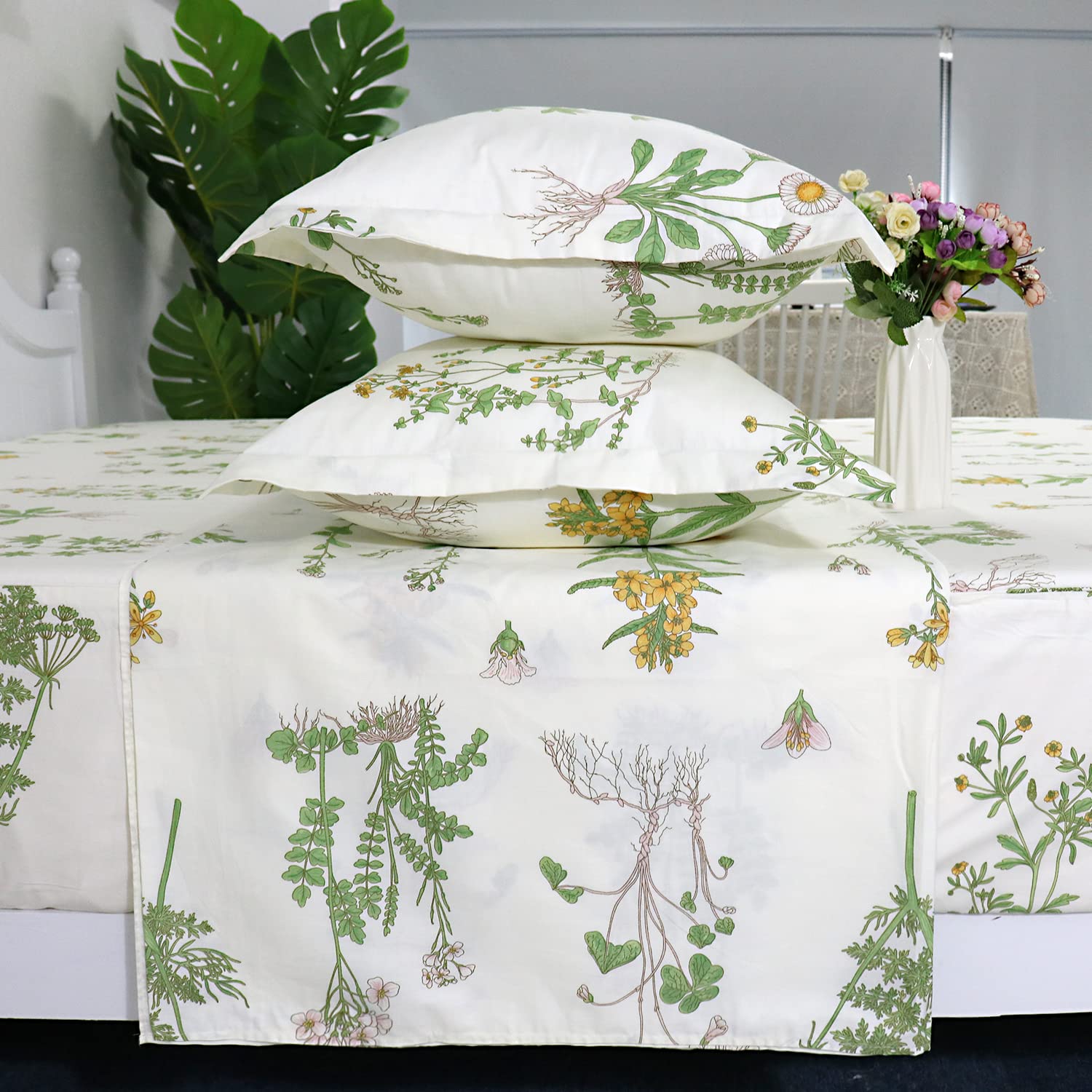
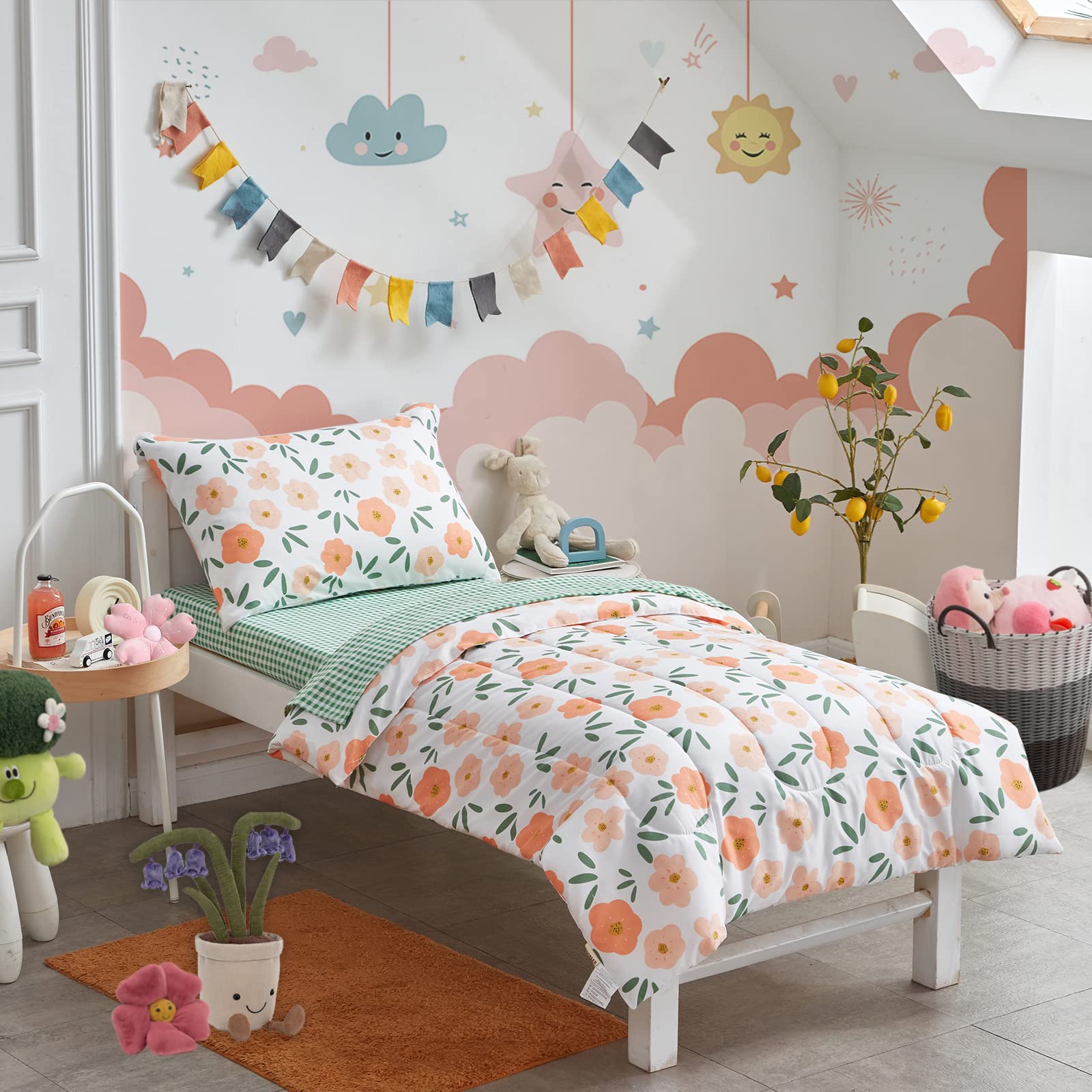
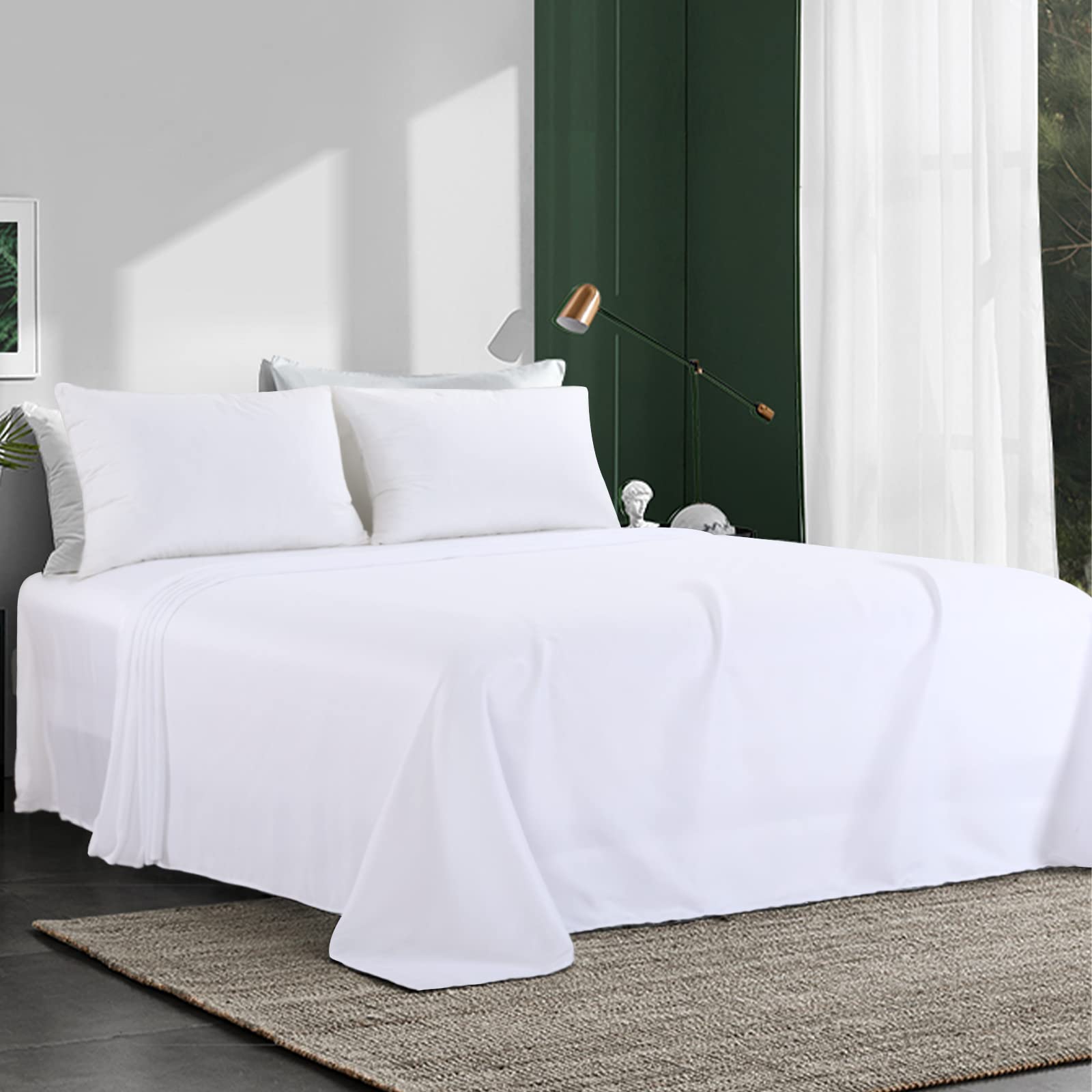

0 thoughts on “What Is A Flat Sheet Used For”